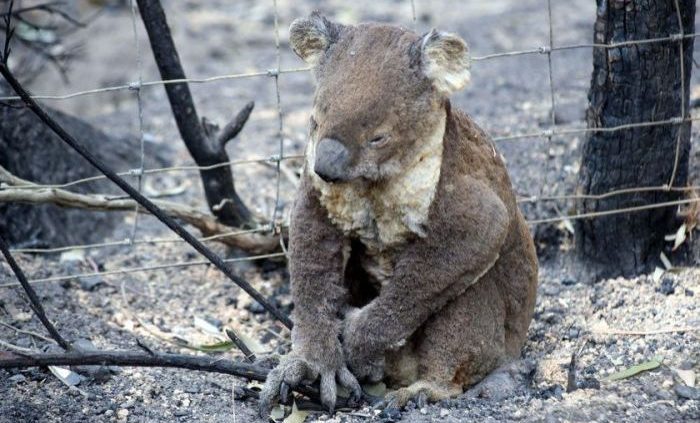Koalas – what now after the fires?
The Conversation By Kevin Markwell (extracts from a post)
Koalas are the face of Australian tourism. What now after the fires?
… Up to 30 per cent of the koala population from the NSW mid-north coast is expected to have been lost in the fires, alongside 50 per cent from Kangaroo Island — the last remaining wild population not infected by deadly chlamydia.
Eighty-four years on from the Rockhampton Evening News’ story [see article which talked about saving koalas from extinction in 1936], we are still talking about the possible extinction of koalas, our national tourism icon.
The loss of a tourism icon: A 2014 study suggests koala tourism could now be worth as much as $3.2 billion to the Australian economy and account for up to 30,000 jobs. In 2020, Australia has 68 zoos and wildlife parks exhibiting just under 900 koalas. A photograph with a koala is a must-have souvenir for many international tourists.
These catastrophic fires have compounded the threatening processes that already affect koala populations: habitat destruction and fragmentation, disease, car accidents and dog attack.
Recent research has shown koalas are also vulnerable to climate change through changes in the nutritional status of eucalyptus leaves, excessively hot temperatures and these canopy-destroying wildfires. The long term survival of the koala ultimately rests with governments and their policies on forest clearing, fire management and climate change.
If future tourists to Australia are to experience the koala in the wild, it is imperative that governments act now to strengthen the protection of the species and most crucially, its habitat.
Kevin Markwell is a professor in tourism at Southern Cross University. This article originally appeared in The Conversation.



 © ROWAN Sarah
© ROWAN Sarah